|
We have a guest contribution from Zvi Or-Bach, the President and CEO of MonolithIC 3D Inc.
The forthcoming IEEE S3S Conference 2015, Sonoma, CA, on October 5th thru 8th, will focus on key technologies for the IoT era. It is now accepted that the needs for the emerging IoT market are different from those which drive the high volume PC and Smart-Phone market. |
For the IoT market the key enabling technologies are extreme low power, as enabled by SOI and sub-threshold design, integrating with multiple sensor technologies and communication technologies that ca be enabled by 3D integrations. All of these combined in forming the IEEE S3S unified conference.
This year conference includes many exciting papers and invited talks. It starts with three plenary talks:
- Gary Patton – CTO of Global Foundries: New Game Changing Product Applications Enabled by SOI
- Geoffrey Yeap – VP at Qualcomm.: The Past and Future of Extreme Low Power (xLP) SoC Transistor, embedded memory and backend technology
- Tsu-Jae King Liu – Chair of EE Division, Berkeley University: Sustaining the Silicon Revolution: From 3-D Transistors to 3-D Integration
Prof. Tsu-Jae King will present in her talk an extremely low power nano-mechanical switch that could be fabricated within the metal stack. The slide below describes some of its characteristics.
The conference includes many more interesting invited talks and papers covering the full spectrum of IoT enabling technologies. In addition, the conference offers short course on SOI application and monolithic 3D integration, and a fundamental class on low voltage logic.
Among the papers we will present “Modified ELTRAN® - A Game Changer for Monolithic 3D” that shows a practical flow for exiting fab to process monolithic 3D devices using their exiting transistor process and equipment. This flow leverages the work done by Canon about 20 years back called ELTRAN, for Epitaxial Layer Transfer. By deploying the elements of this proven process, a multilayer device could be built first by processing a multilayer transistors fabric at the front end of line, and then process the metal stacks from both top and bottom sides. The following slide illustrates the resulting monolithic 3D structure.


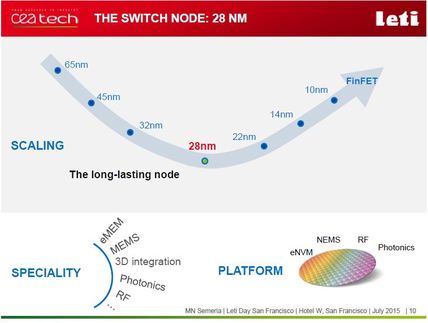
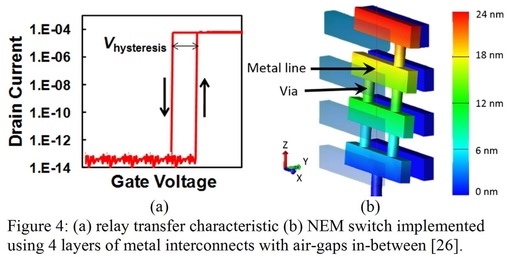
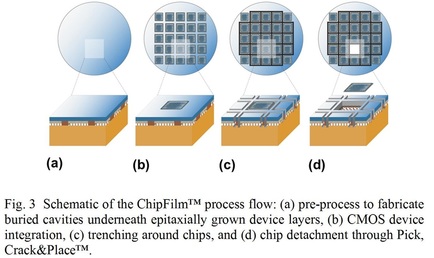
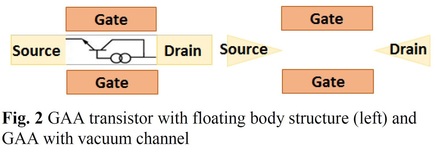
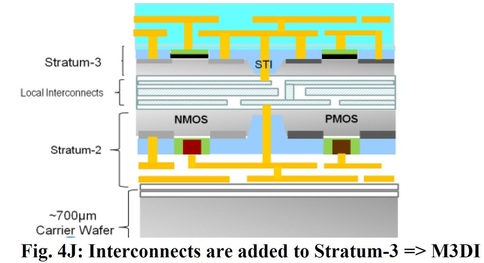








 RSS Feed
RSS Feed